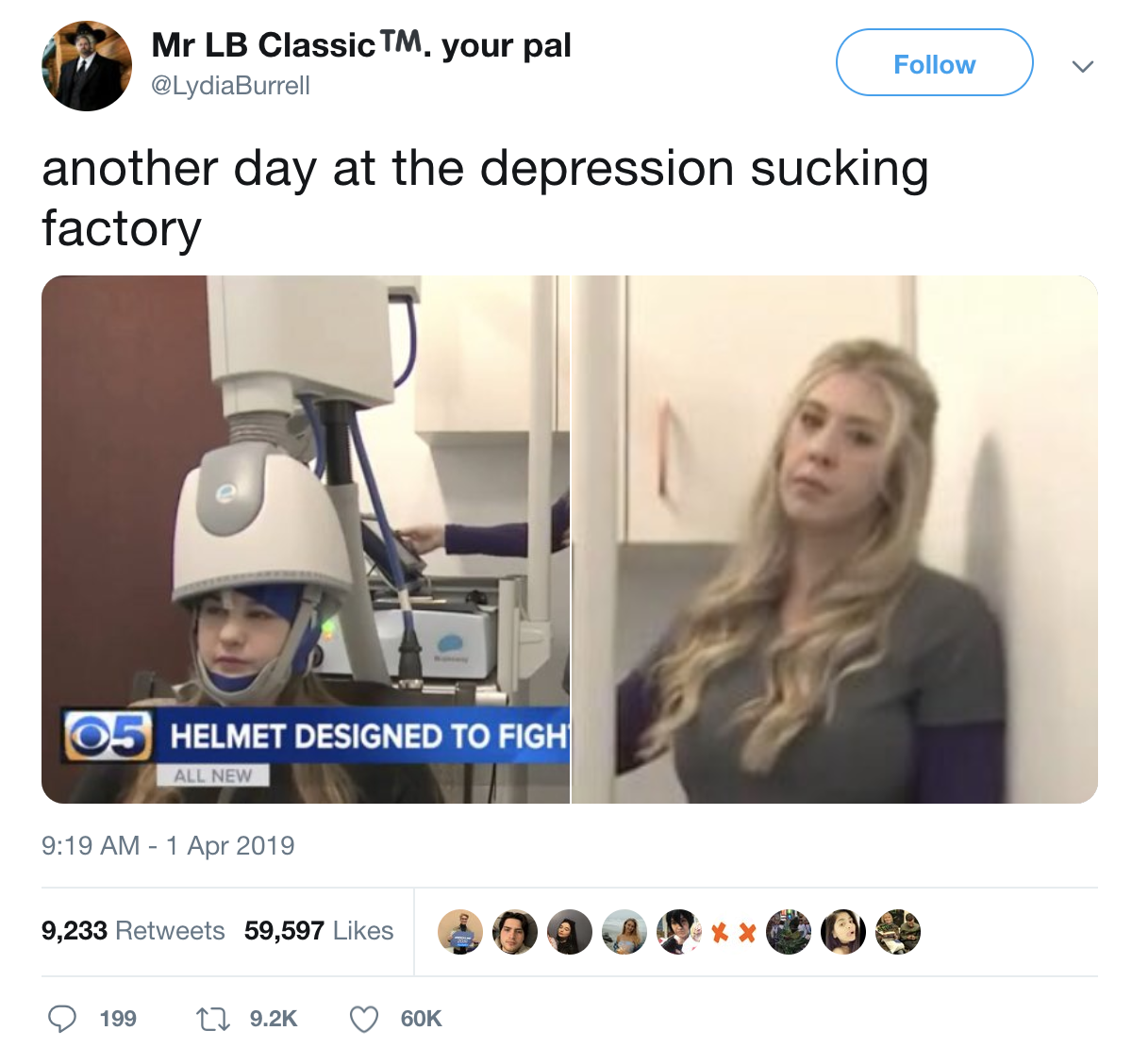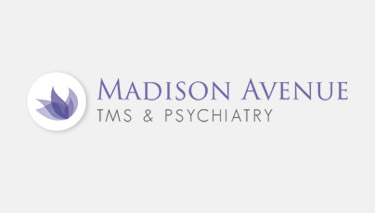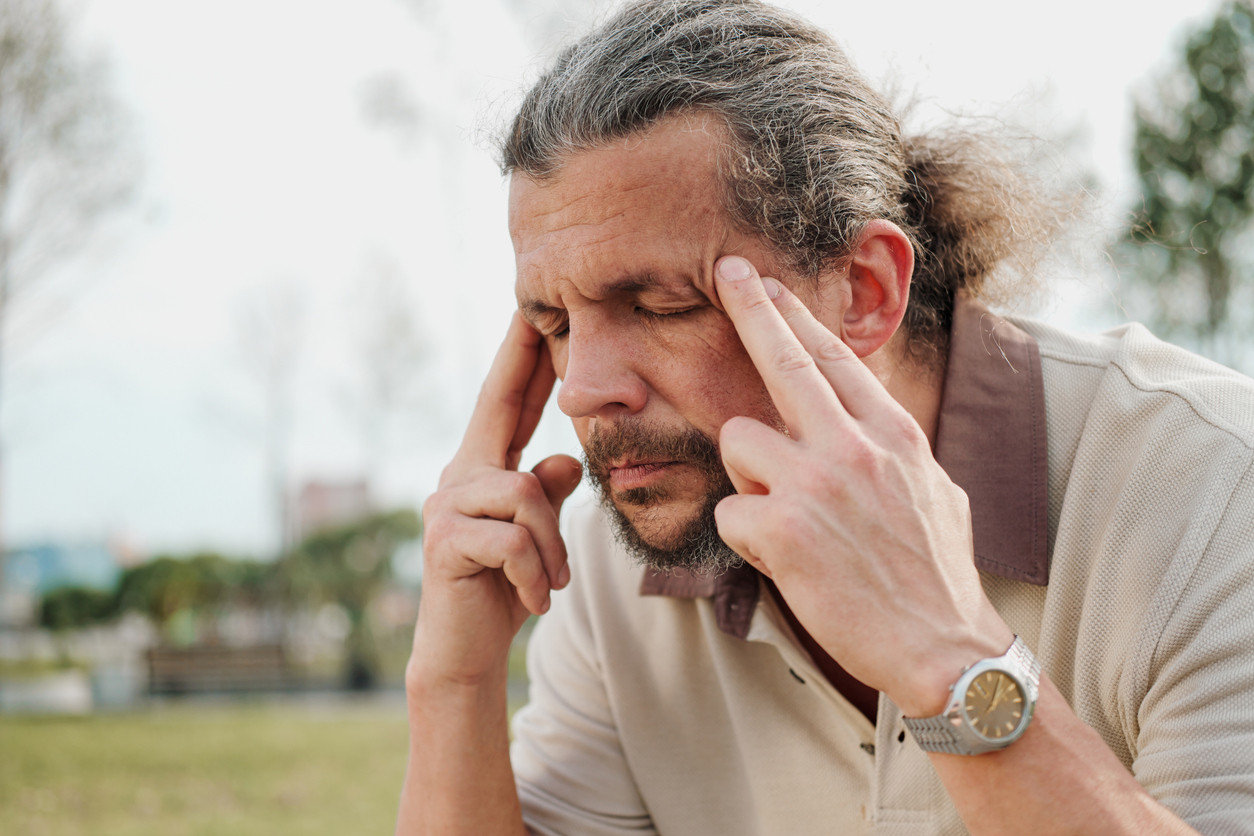What do you think of this article?
By Dr. David Woo - April 18, 2019

How the TMS Helmet You’ve Seen on Social Media Works, and Why I Don’t Use It
Thanks to some recent viral social media posts, the internet has been buzzing about the “depression helmet,” which is actually a method of delivering transcranial magnetic stimulation therapy. Transcranial magnetic stimulation, also called TMS, is a noninvasive method of relieving symptoms of depression using magnetic fields. TMS is a good option for patients who have tried multiple rounds of antidepressant medications or talk therapy, but have not noticed an improvement in their symptoms.
TMS has been proven to be effective in over 30 clinical trials. Read about some of them here.
As a psychiatrist who treats certain patients with depression using TMS, I want to address the recent attention of the depression helmet, or as one reporter described it, “a hair salon dryer chair with chin straps”.
TMS Delivered by Two Different Technologies
Today, there are two main types of TMS therapy being offered to patients: deep TMS using the Brainsway device, and repetitive TMS (rTMS) using the NeuroStar® device. Both TMS methods precisely deliver electromagnetic stimulation to a specific region of the brain known to regulate mood. The depression helmet is a patented device by Brainsway, and is used to administer a kind of TMS called deep TMS (dTMS). The type of TMS I use in my practice is NeuroStar® ‘s repetitive TMS (rTMS) device.
Both technologies are successful in obtaining remission rates (full symptom relief) compared to placebo treatments. Two independent studies proved the efficacy of repetitive TMS using the Neurostar® device: One study published in 2007 showed that active rTMS treatment resulted in remission rates double that of placebo (sham) rTMS treatment. (1) Another study published in 2010 showed that active rTMS treatment produced remission rates 4.2 times higher than placebo treatment. (2)
A study published in 2015 observed the efficacy of the Brainsway device compared to placebo dTMS treatment and found that remission rates with dTMS treatment were slightly more than double compared to placebo—32.6 vs 14.6 percent. (3) You can learn more about the TMS therapy success rate here.
What’s the Difference Between Deep TMS and Repetitive TMS?
So, if both types of TMS are successful in relieving depressive symptoms, what is different about the two?
The technology in the two devices targets a region in the brain called the dorsolateral prefrontal cortex (close to the forehead). However, a difference in the coil design of these technologies means that each device targets the brain at different depths.. NeuroStar® ‘s rTMS uses a figure-8 coil and reaches roughly 1.5 centimeters in depth. The Brainsway’s dTMS uses an H1 coil and stimulates the brain roughly four centimeters deep. (4) Read more about the difference between dTMS and rTMS.
An important distinction between these two technologies is the risk of seizure each one carries: The seizure risk for Brainsway is nearly 10 times greater than Neurostar. The seizure rate for Brainsway is one in 4,800 treatments, while the seizure rate for NeuroStar is less than one in 48,000 treatments. According to treatment frequency and protocol (each patient receives 36 treatments), we can estimate that one in 133 patients treated by Brainsway will have a seizure.
Why Do I Choose to Use Neurostar for TMS Instead of the “Depression Helmet?”
I have devoted my practice to the use of Neurostar’s figure 8-coil technology because it does not carry the substantial extra risk of seizure. Although there’s never been a study that directly compares deep TMS with repetitive TMS, I’ve gathered pertinent information from reviewing dozens of research studies, attended meetings, and worked with researchers for numerous years to figure out the best treatment for my patients
If you’re interested in learning more about treating depression using repetitive TMS with the NeuroStar device, contact our office about TMS in NYC today. You can also learn more about TMS therapy costs.
Resources:
1. O’Reardon JP, Solvason HB, Janicak PG, Sampson S, Isenberg KE, Nahas Z, McDonald WM, Avery D, Fitzgerald PB, Loo C, Demitrack MA, George MS, and Sackeim HA. Efficacy and safety of transcranial magnetic stimulation in the acute treatment of major depression: A multisite randomized controlled trial. Biological Psychiatry. December 2007; 62(11): 1208-1216. Link. Accessed April 11, 2019.
2. George MS, Lisanby SH, Avery D, McDonald WM, Durkalski V, Pavlicova M, Anderson B, Nahas Z, Bulow P, Zarkowski P, Holtzheimer PE 3rd, Schwartz T, and Sackeim HA. Daily left prefrontal transcranial magnetic stimulation therapy for major depressive disorder: A sham-controlled randomized trial. Archives of General Psychiatry. May 2010; 67(5): 507-516. Link. Accessed April 11, 2019.
3. Levkovitz Y, Isserles M, Padberg F, Lisanby SH, Bystritsky A, Xia G, Tendler A, Daskalakis ZJ, Winston JL, Dannon P, Hafez HM, Reti IM, Morales OG, Schlaepfer TE, Hollander E, Berman JA, Husain MM, Sofer U, Stein A, Adler S, Deutsch L, Deutsch F, Roth, Mark S, George Y, and Zangen A. Efficacy and safety of deep transcranial magnetic stimulation for major depression: a prospective multicenter randomized controlled trial. World Psychiatry. February 2015; 14(1): 64–73. Link. Accessed April 11, 2019.
4. The differences between deep TMS and repetitive TMS: A layman’s guide. Active Recover TMS. Publication Date Not Available. Link. Accessed April 11, 2019.
Dr. David Woo is the owner and head clinical psychiatrist at Madison Avenue TMS and Therapy in New York City. Dr. Woo has been seeing patients in private practice since 2002, always with the goals of combining evidence-based medicine with psychodynamic psychotherapy and collaborating with other mental health professionals to ensure the best possible outcomes for his patients. He has been certified to administer TMS at his practice since 2017. His greatest clinical interests include helping patients suffering from depression, anxiety, and obsessive compulsive disorder.
Follow Dr. Woo On









